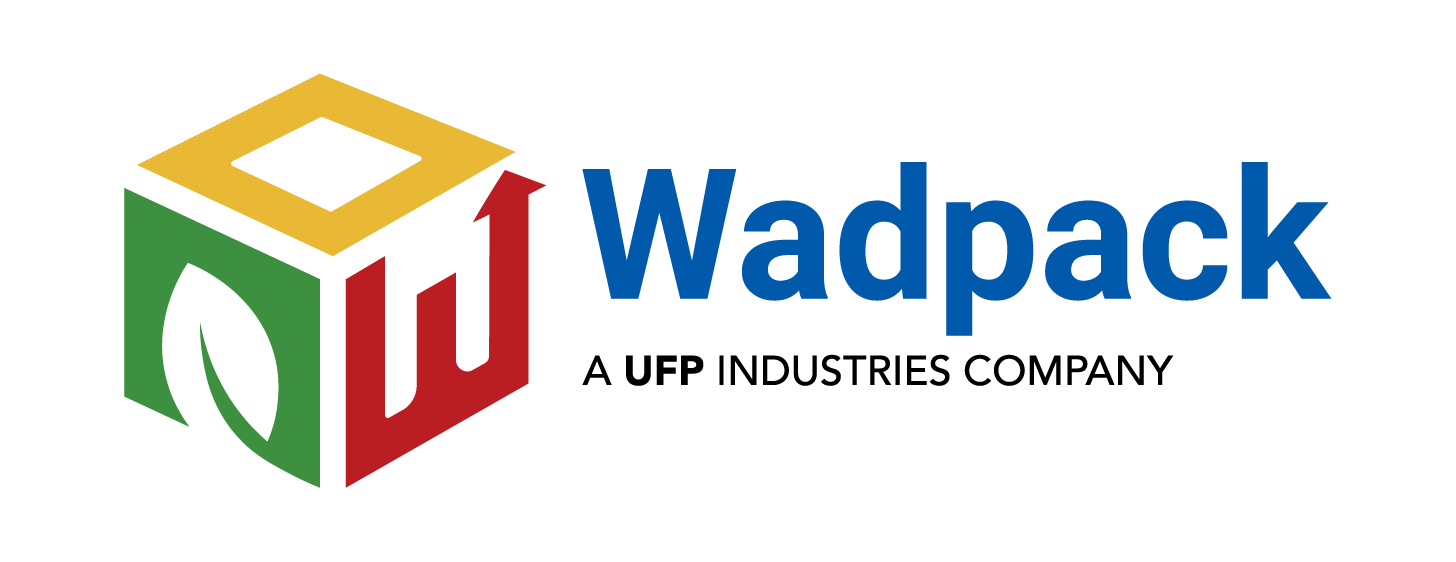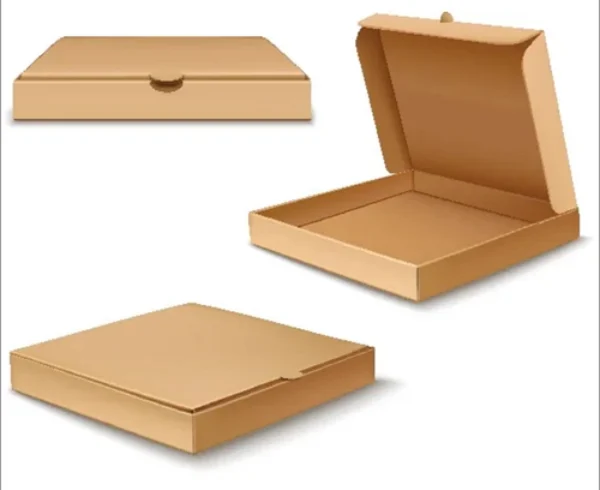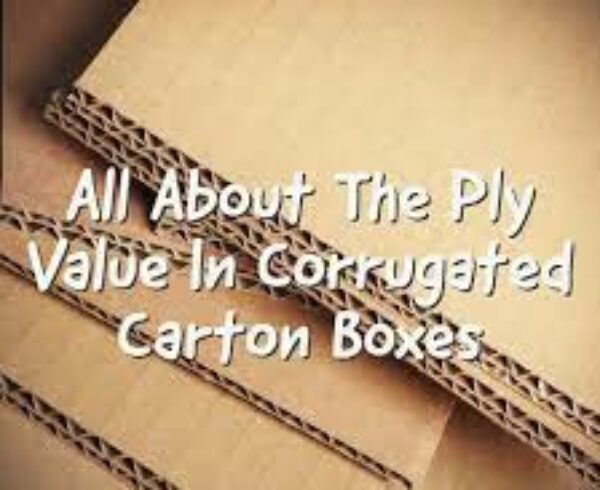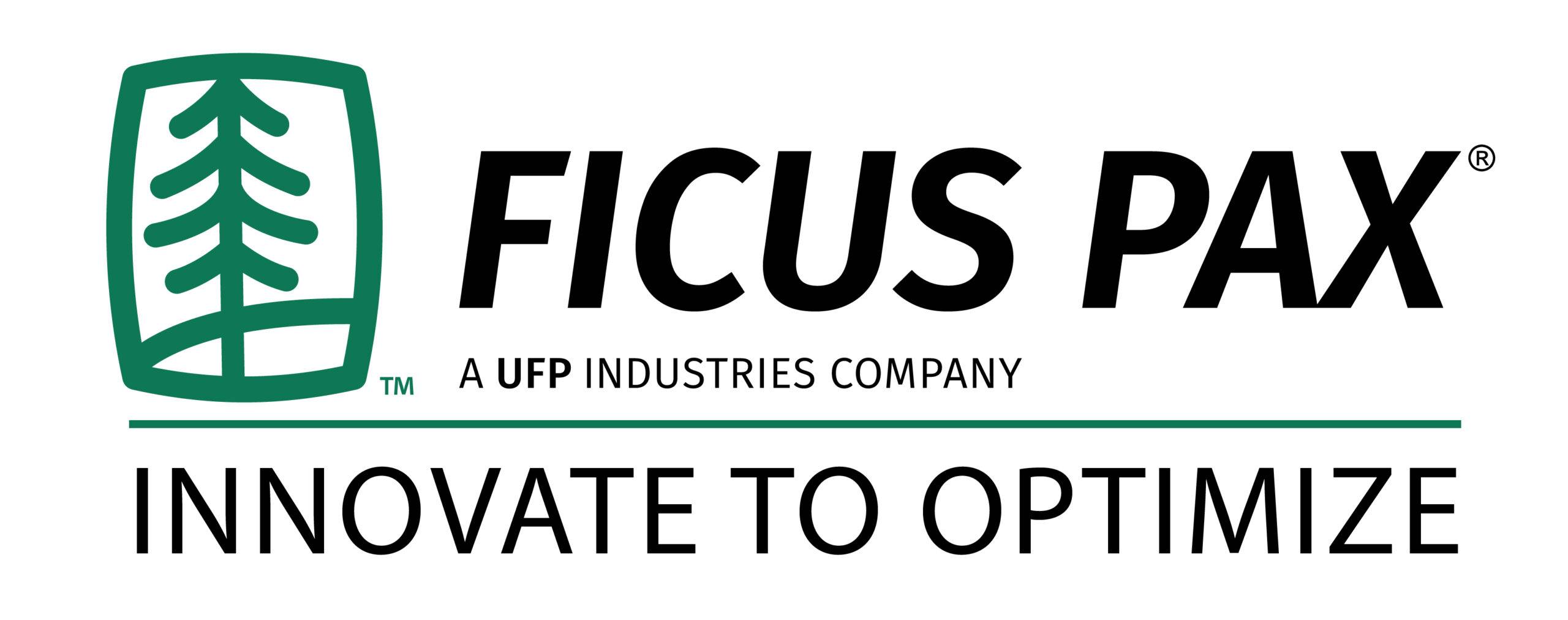How to Design Your Custom Retail Packaging?
Designing custom retail packaging requires careful consideration of several key elements to create a packaging solution that effectively showcases your product, communicates your brand identity, and engages customers. Here are some relevant steps and considerations to guide you in designing your custom retail packaging:
- Define Your Brand Identity: Start by clearly defining your brand identity and the message you want to convey through your packaging. Consider your target audience, brand values, and unique selling propositions. Your packaging design should align with your brand’s personality, positioning, and overall visual identity.
- Research Your Target Market: Conduct thorough research on your target market to understand their preferences, needs, and expectations. Analyze your competitors’ packaging to identify gaps and opportunities. This research will help you create packaging that stands out and resonates with your target customers.
- Determine Packaging Objectives: Outline the specific objectives you want to achieve through your packaging. It could be capturing attention on the retail shelf, communicating product features and benefits, enhancing the unboxing experience, or reinforcing brand loyalty. Defining these objectives will guide your design decisions.
- Choose the Right Packaging Type: Select a packaging type that suits your product, industry, and customer requirements. Common options include boxes, pouches, tubes, bottles, and cartons. Consider factors like product size, fragility, functionality, and visual appeal when choosing the most suitable packaging format.
- Consider Packaging Materials: Choose materials that not only protect your product but also align with your brand image and sustainability goals. Options may include cardboard, paperboard, corrugated board, plastic, glass, or eco-friendly alternatives. Consider factors such as durability, printing capabilities, and recyclability when selecting packaging materials.
- Create an Eye-Catching Design: Develop a visually appealing design that captures attention and communicates your brand message. Use striking colors, typography, and imagery that reflect your brand identity. Ensure that your design stands out on the retail shelf while maintaining a cohesive look across different packaging elements.
- Incorporate Branding Elements: Your packaging should prominently feature your brand logo, tagline, and key brand elements. Consistency in branding across your packaging and other marketing materials helps build brand recognition and reinforces brand recall. Consider the placement, size, and color of your branding elements for optimal visibility and impact.
- Focus on Product Information: Clearly communicate important product information such as product name, variant, usage instructions, ingredients, and any relevant certifications or warnings. Use legible fonts and hierarchy to make the information easily scannable for customers.
- Enhance Unboxing Experience: Consider how your packaging can create a memorable unboxing experience for customers. Add special touches like custom inserts, tissue paper, stickers, or thank-you notes that enhance the emotional connection with your brand. This can lead to positive word-of-mouth and repeat purchases.
- Incorporate Functional Features: Evaluate if there are any functional features that can improve the usability and convenience of your packaging. For example, resealable closures, easy-to-open tabs, or handles can enhance user experience and make your product more appealing.
- Test and Iterate: Create prototypes of your packaging design and test them with your target audience. Gather feedback on the visual appeal, functionality, and overall impression of the packaging. Use this feedback to refine and iterate your design before finalizing it for production.
- Consider Printing Techniques: Explore different printing techniques that can elevate your packaging design. Options may include offset printing, digital printing, flexography, or specialty finishes like foil stamping, embossing, or spot UV coating. Select printing techniques that best showcase your design and enhance its premium feel.
- Ensure Regulatory Compliance: Ensure that your packaging meets all relevant regulatory requirements for your industry. This includes compliance with labeling regulations, safety standards, and any specific packaging regulations for certain product categories.
- Collaborate with Packaging Suppliers: Work closely with packaging suppliers and manufacturers who understand your design vision and can provide the necessary expertise. Collaborate with them to optimize your design for production, select the right materials, and explore cost-effective solutions.
- Consider Sustainable Packaging Practices: Incorporate sustainable practices into your packaging design. Choose eco-friendly materials, minimize waste, and opt for recyclable or biodegradable options whenever possible. Communicate your commitment to sustainability through clear labeling or certifications.
- Mock-up and Presentation: Create realistic mock-ups or 3D renders of your packaging design to visualize how it will look in the retail environment. These mock-ups can be used for internal review, presentation to stakeholders, or as marketing materials to generate interest and secure partnerships or retail placement.
Remember that designing custom retail packaging is an iterative process. Continuously seek feedback, evaluate market trends, and adapt your packaging design to stay relevant and engaging to your target audience. By combining creativity, brand alignment, and customer-centricity, you can create a custom retail packaging solution that effectively showcases your product and leaves a lasting impression on customers.




Leave a Comment